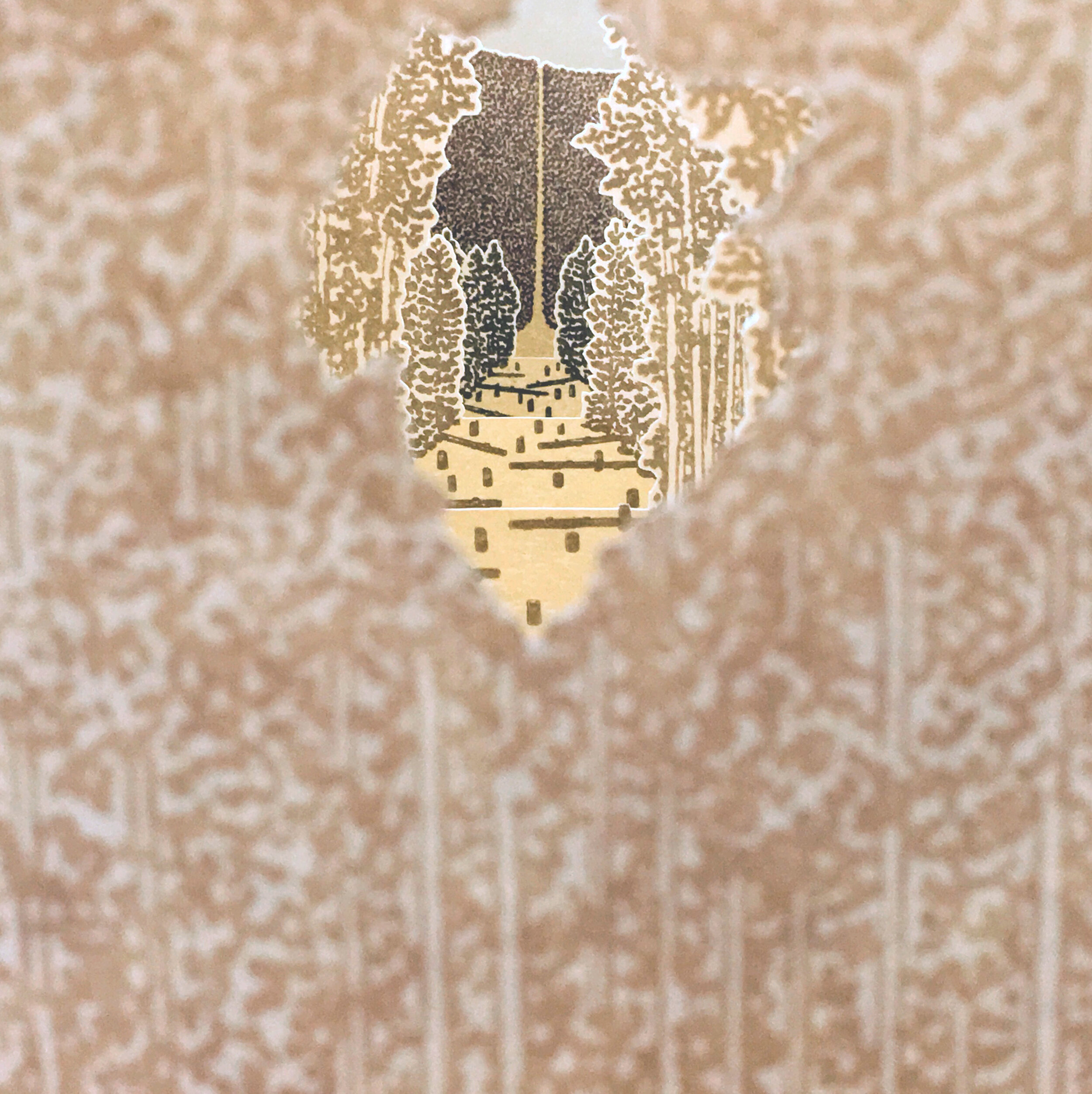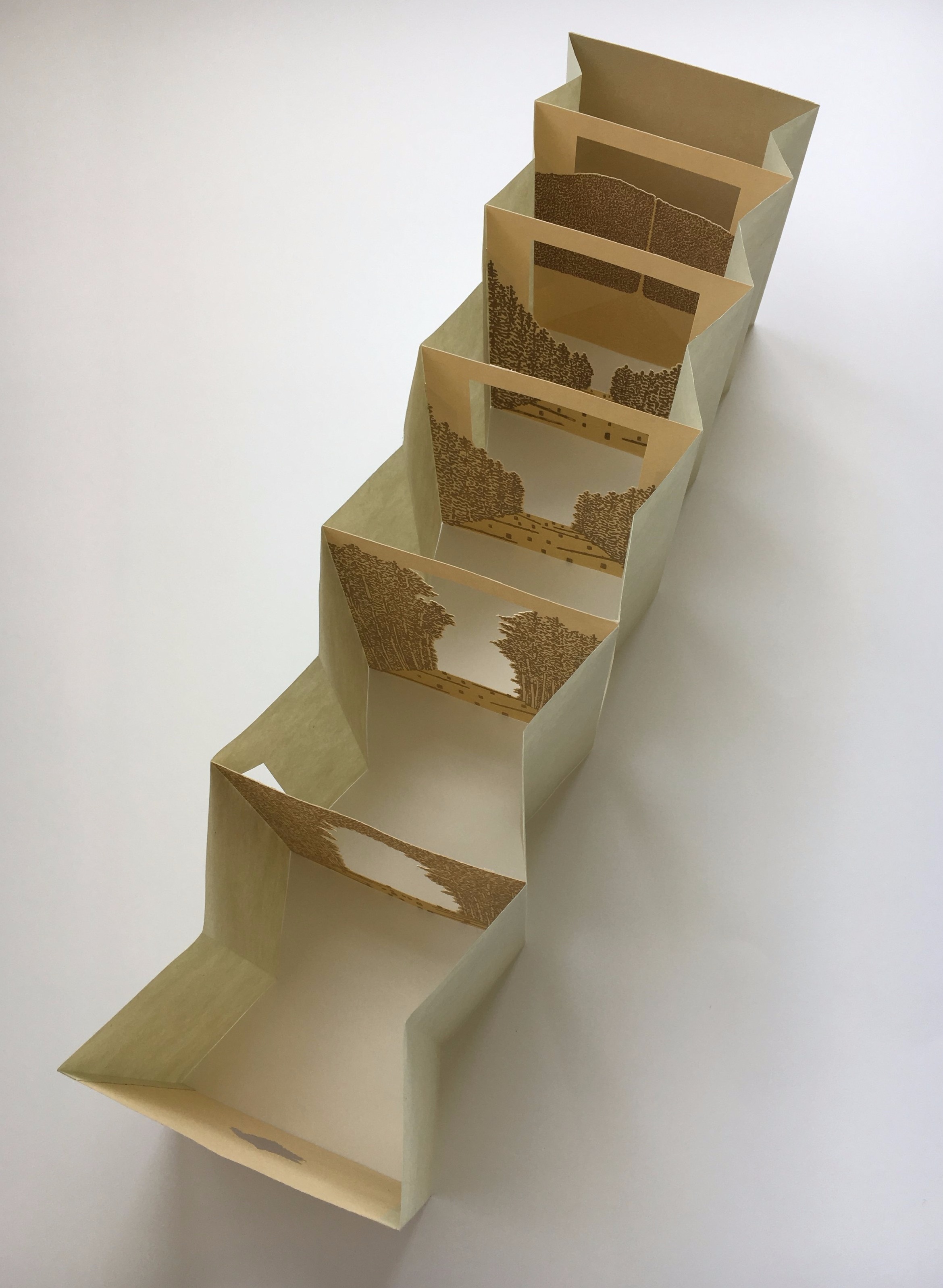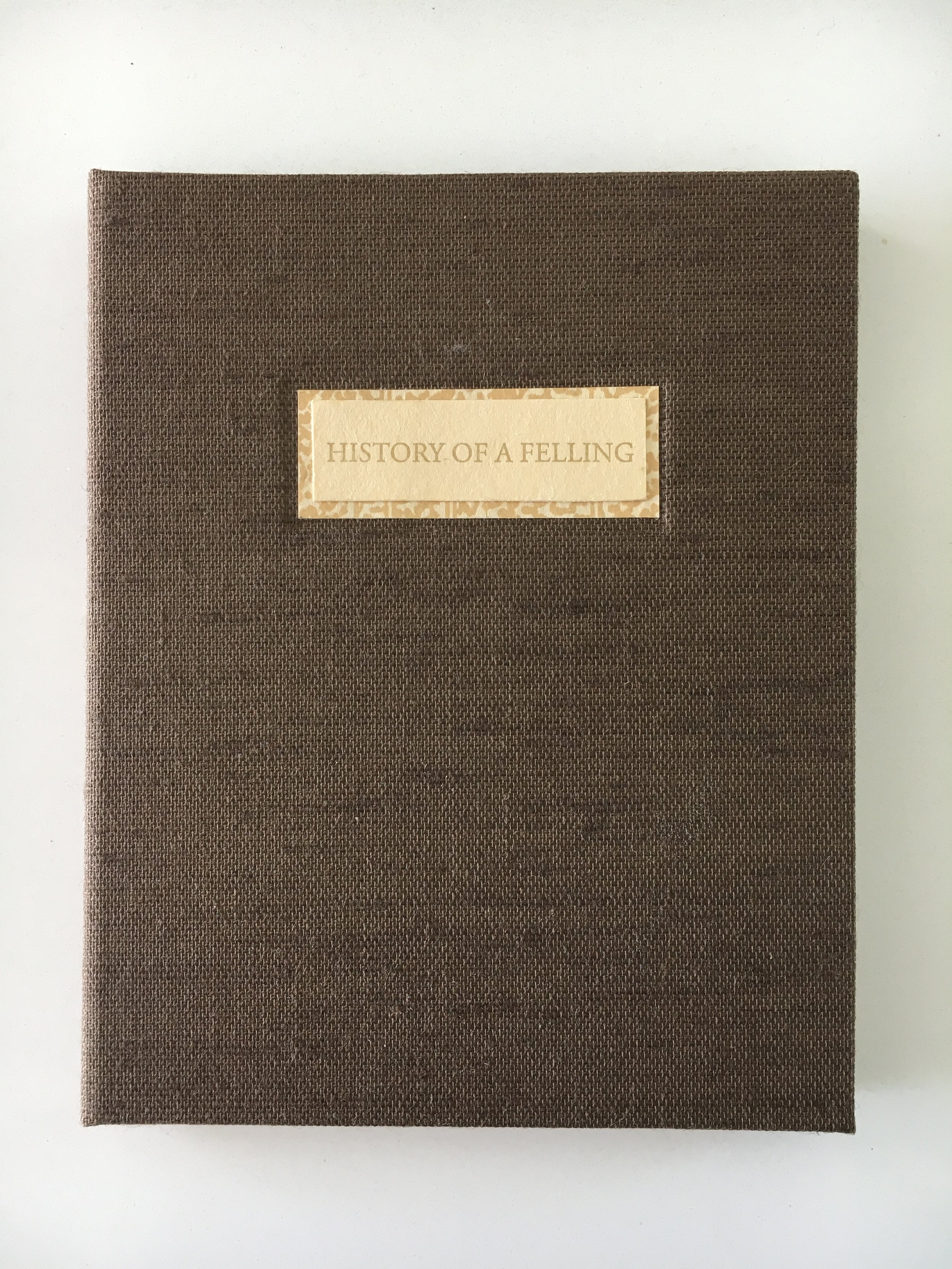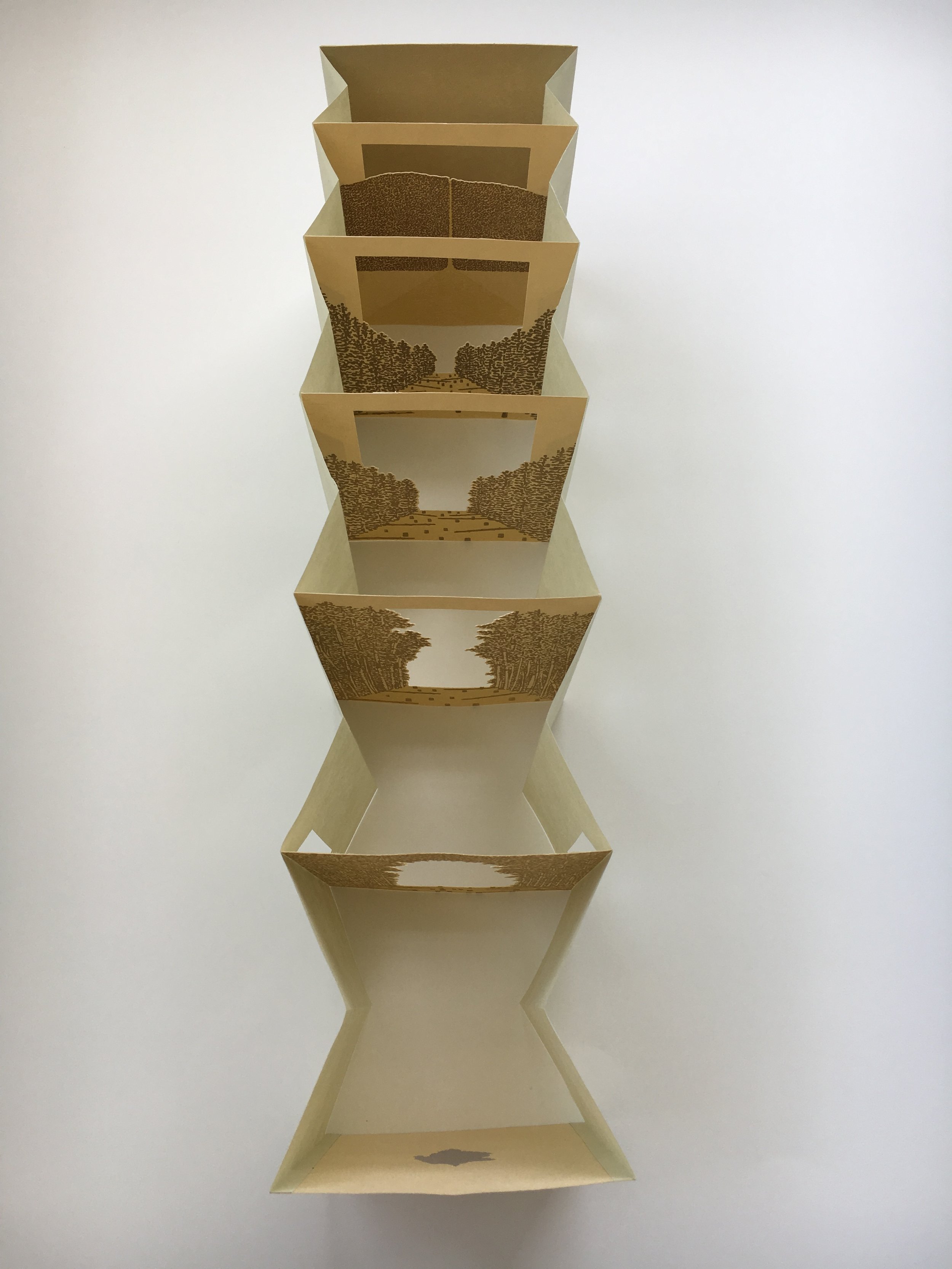






HISTORY OF A FELLING
In 1846, the United States and Great Britain signed the Oregon Treaty to make the 49th Parallel the boundary between the United States and British North America, later known as Canada. The two countries formed the International Boundary Commission to survey and establish what is now Washington State’s northern border with British Columbia. Starting at Point Roberts and working east across the Northern Cascades, a team of workers physically marked the border by clear-cutting a 20-foot wide swath through the rugged, previously undisturbed terrain. By 1860, a primitive line running from the Pacific Ocean east to the summit of the Northern Rockies had been established. It would take another 15 years to clear-cut the 5,525 miles in total separating the US from present day Canada. Today, the swath cuts through numerous protected parks and natural reserves, including the Northern Cascades National Park and the Waterton-Glacier International Peace Park, severing common ecologies and shared landscapes simply because they straddle this political divide.
History of a Felling was first conceived during the winter of 2014 while at the Penland School of Crafts on a winter residency in letterpress. The images were made on-site from polymer plates created from film ink hand-painted on Yupo paper. The project was filed away while the concept evolved into a body of work that would become Covell’s graduate thesis, “Towards a Just Landscape,” in 2015. In the intervening years, the US/Mexico border would draw global attention for the deeply contentious debate over the compulsion to secure the southern border though the construction of a border wall. It seemed a particularly poignant time, by comparison, to revisit the history of the US/Canada border felling, and so the project came out of storage. In many ways the southern and northern US border conflicts remain as isolated as their geographical latitudes; however, their ethical and environmental costs deserve equal scrutiny. Over 150 years later, the deforestation continues. Nature inevitably begins to rebound - trees, shrubs, and grasses grow - and every six years the swath is cleared through exhaustive manual labor.
BOOK DIMENSIONS
5.75 x 4.75 x .5 inches (closed)
5.75 x 4.75 x 18 inches (open)
Edition of 18
2019
Out of print
IN THE NEWS
Read more about the early stages of designing History of a Felling in my featured blog post here.
See Vamp and Tramp Booksellers’ Instagram feature of History of a Felling here.
COLLECTIONS
Art Gallery of Ontario
Bainbridge Island Museum of Art
Boston Athenaeum
Bowdoin College
The British Library
Library of Congress
MIT
RISD
Swarthmore College
UC Berkeley Bancroft Library
UC Santa Cruz
University of Florida
University of Pennsylvania
University of Washington
Private collections
